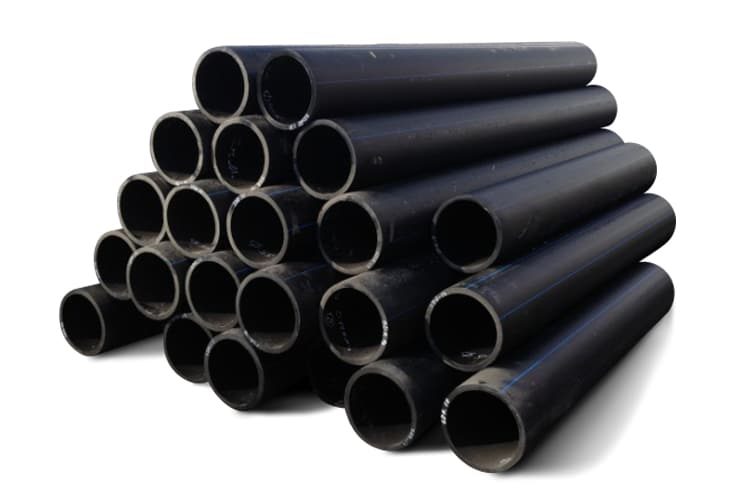In the realm of industrial applications, pipes play a crucial role in facilitating the seamless transportation of fluids, be it water, oil, or gas. A106 Grade A pipe, in particular, stands out as a reliable and widely used option in various industries. This article aims to provide a comprehensive overview of A106 Grade A pipe, exploring its composition, characteristics, applications, and advantages.

What is A106 Grade A Pipe?
A106 Grade A pipe refers to a carbon steel pipe designed for high-temperature and high-pressure applications. It is part of the ASTM A106 standard, which covers seamless carbon steel pipe for service at elevated temperatures. The "A" designation in A106 signifies its material composition, primarily containing carbon and manganese.
Composition and Properties:
- Carbon Content: A106 Grade A pipe is characterized by a carbon content of 0.25% maximum. This ensures its suitability for high-temperature service, making it a preferred choice in industries where elevated temperatures are a common operational condition.
- Manganese Content: With a manganese content ranging between 0.27 to 0.93%, A106 Grade A exhibits excellent formability and weldability. This makes it adaptable to various welding processes, contributing to its widespread use in construction and industrial settings.
- Tensile Strength and Yield Strength: A106 Grade A pipe boasts impressive tensile and yield strength properties. The minimum tensile strength is 48,000 psi (330 MPa), while the minimum yield strength is 30,000 psi (205 MPa). These characteristics ensure the durability and reliability of the pipe in demanding applications.
Applications:
- Power Generation: A106 Grade A pipe is commonly employed in power generation plants, where high temperatures and pressures are inherent. It serves as a conduit for steam, which is a crucial component in power generation processes.
- Oil and Gas Industry: The oil and gas sector frequently utilizes A106 Grade A pipe for the transportation of petroleum and natural gas. Its ability to withstand harsh environmental conditions and varying pressures makes it an ideal choice in this industry.
- Chemical Processing: In chemical processing plants, where corrosive substances and extreme temperatures are prevalent, A106 Grade A pipe plays a vital role in conveying chemicals safely and efficiently.
- Construction: The construction industry relies on A106 Grade A pipe for structural applications. Its strength and durability make it suitable for supporting heavy loads and ensuring the integrity of structures.
Advantages:
- Reliability: A106 Grade A pipe is renowned for its reliability under high-temperature and high-pressure conditions. This reliability is crucial in industries where the failure of a pipe can have severe consequences.
- Versatility: The versatile nature of A106 Grade A pipe, stemming from its excellent weldability and formability, makes it adaptable to various fabrication processes and applications.
- Cost-Effective: As a cost-effective solution, A106 Grade A pipe provides a balance between performance and affordability, making it a preferred choice for many industries.
A106 Grade A pipe stands as a stalwart in the realm of carbon steel pipes, catering to the demanding needs of industries such as power generation, oil and gas, chemical processing, and construction. Its composition, properties, and versatility make it a reliable and cost-effective solution for applications requiring high-temperature and high-pressure resistance. As industries continue to evolve, A106 Grade A pipe remains a steadfast choice, ensuring the seamless flow of fluids in diverse environments.








